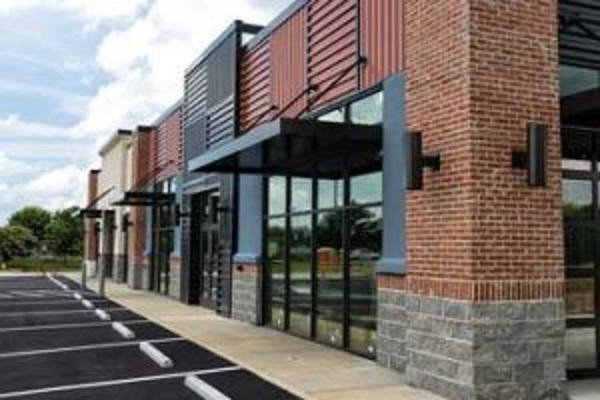Introduction
In an era defined by growing environmental concerns and increasing energy costs, homeowners are seeking innovative ways to reduce their carbon footprint while also saving on utility bills. One such solution that has gained prominence in recent years is the concept of a "home energy retrofit." This approach involves making comprehensive improvements to an existing home's energy efficiency, thereby transforming it into a more sustainable and cost-effective living space.
Understanding Home Energy Retrofits
A home energy retrofit is essentially the process of upgrading a house to improve its energy performance. This typically involves enhancing insulation, sealing air leaks, upgrading heating and cooling systems, and incorporating renewable energy sources. The goal is to reduce energy consumption, lower greenhouse gas emissions, and ultimately cut down on energy expenses.
Key Components of a Home Energy Retrofit
Insulation: Proper insulation is crucial for maintaining a consistent indoor temperature and reducing energy consumption. Homeowners can opt for insulation upgrades in attics, walls, and basements to ensure maximum heat retention in the winter and coolness in the summer.
Air Sealing: Identifying and sealing air leaks is essential for preventing drafts and heat loss. Common problem areas include windows, doors, and gaps in the building envelope. By eliminating these leaks, homeowners can optimize their heating and cooling systems.
HVAC Upgrades: Older heating, ventilation, and air conditioning (HVAC) systems are often less efficient. Replacing these systems with newer, more energy-efficient models can significantly reduce energy usage and utility bills.

Energy-Efficient Lighting: Switching to LED or other energy-efficient lighting options not only reduces electricity consumption but also extends the lifespan of bulbs.
Renewable Energy Sources: Installing solar panels or wind turbines can generate clean, renewable energy, further lowering energy costs and environmental impacts.
Benefits of Home Energy Retrofits
Cost Savings: Home energy retrofits can result in substantial long-term savings on energy bills. Although the initial investment can be significant, the returns in the form of lower utility costs can outweigh the upfront expenses.
Increased Home Value: An energy-efficient home is more appealing to potential buyers and can command a higher resale value in the real estate market.
Environmental Impact: Reducing energy consumption and adopting cleaner energy sources significantly lowers a home's carbon footprint, contributing to a more sustainable planet.
Enhanced Comfort: Improved insulation and HVAC systems ensure a more comfortable living environment year-round, with consistent temperatures and fewer drafts.
Government Incentives: Many governments offer financial incentives, tax credits, and rebates to encourage homeowners to invest in energy-efficient upgrades.
Challenges and Considerations
While home energy efficiency offers numerous advantages, it also presents challenges. The initial cost of upgrades can be a deterrent for some homeowners, and the complexity of the process may require professional assistance. Careful planning, financing options, and an understanding of available incentives can help mitigate these challenges.
Conclusion
A home energy retrofit is a compelling and impactful solution for homeowners looking to reduce energy consumption, lower utility bills, and contribute to a more sustainable future. With a combination of insulation, air sealing, efficient lighting, HVAC upgrades, and renewable energy sources, homeowners can transform their houses into more comfortable, environmentally friendly, and cost-effective homes. Moreover, the incentives and benefits of these retrofits make them a worthwhile investment for homeowners who are committed to reducing their energy footprint while saving money in the long run.
For more info :-
Source Url :- https://ericom1.wordpress.com/2023/10/13/unlocking-sustainability-and-savings-the-power-of-home-energy-retrofits/





Comments